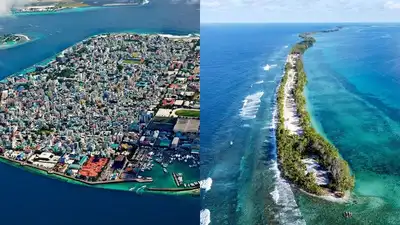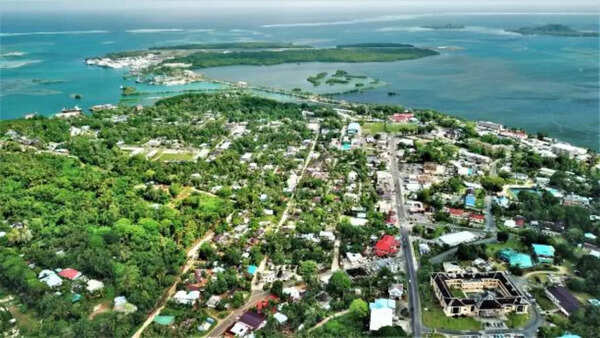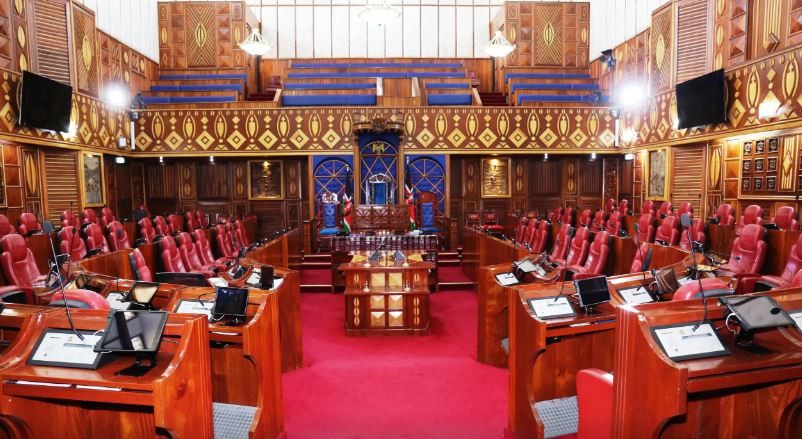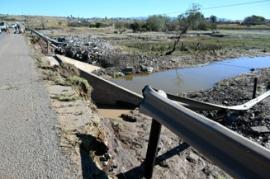Shocking! Maldives and 9 other countries that could vanish sooner than you think | - Times of India

Rising sea levels caused by climate change present an existential threat to many low-lying countries, particularly small island nations and coastal states, as highlighted by reports from the World Economic Forum and the Lowy Institute.
These vulnerable nations are increasingly experiencing flooding, coastal erosion, saltwater intrusion into freshwater sources, and a gradual loss of habitable land.
Such environmental changes jeopardize not only their populations’ safety and livelihoods but also their unique cultures and national sovereignties. Over the next 50 to 60 years, many of these countries face the grim possibility of being partially or completely submerged, forcing mass displacement or even the disappearance of entire nations.
Despite ongoing global efforts to reduce greenhouse gas emissions, sea levels are projected to rise significantly, underscoring the urgent need for both mitigation and adaptation strategies to protect these vulnerable communities.
Tuvalu is one of the world’s most vulnerable nations due to its extremely low elevation, averaging less than 2 meters above sea level. The country consists of narrow coral atolls with an average width of only 1.8 kilometers, making it highly susceptible to flooding and storm surges.
Rising sea levels cause saltwater to intrude into freshwater supplies, damaging agriculture and threatening food security. The government is actively seeking international support to protect its sovereignty and population.
Without urgent climate action and adaptation, Tuvalu faces the grim possibility of becoming uninhabitable within decades, forcing its people to relocate.
The Maldives is the flattest country on Earth, with most of its nearly 1,200 islands lying less than one meter above sea level.
This makes the nation extremely vulnerable to rising seas, coastal erosion, and saltwater contamination of freshwater sources. The Maldives’ economy depends heavily on tourism, which is also at risk as beaches and coral reefs degrade. The government has invested in sea walls, artificial islands, and other adaptation measures, but projections suggest that up to 77% of the land could be submerged by 2100 if global warming continues unchecked.
The Maldives symbolizes the urgent need for global climate action.
Kiribati is made up of 33 low-lying coral atolls scattered across the Pacific Ocean. The islands face severe threats from rising sea levels, which cause land loss and salinization of soil and groundwater. These changes threaten agriculture, freshwater availability, and habitability. The government has taken the extraordinary step of purchasing land in Fiji as a potential refuge for its population if the islands become unlivable.
Kiribati’s situation highlights the challenges faced by small island nations that have limited resources to adapt and are already planning for possible relocation.

The Marshall Islands have an average elevation of about two meters, making them highly vulnerable to flooding and coastal erosion. Majuro Atoll, the capital and home to half the population, could see up to 80% of its land submerged with a one-meter rise in sea level.
Saltwater intrusion threatens freshwater supplies, agriculture, and infrastructure. The government is working on fortifying infrastructure, raising land, and creating artificial islands to protect its people.
Despite these efforts, the Marshall Islands face a precarious future as climate change accelerates.
This nation consists of hundreds of small islands and atolls scattered across the western Pacific.
Many of these islands are just a few meters above sea level, making them vulnerable to flooding, erosion, and saltwater intrusion. These threats endanger freshwater resources, agriculture, and homes. Rising seas also increase the risk of damage from storms. The Federated States of Micronesia face the difficult task of balancing adaptation efforts with limited resources, while the ongoing rise in sea levels continues to threaten their way of life.
Seychelles is an archipelago in the Indian Ocean with some islands higher than typical low-lying nations, but many coastal areas remain vulnerable to rising seas. Coastal erosion and habitat loss threaten the country’s rich biodiversity and tourism industry, which is vital to its economy. The government is investing in conservation and coastal defenses to protect vulnerable shorelines and marine ecosystems.
However, the long-term impacts of climate change remain a serious concern for Seychelles’ future.
Fiji’s many islands are increasingly affected by rising sea levels and stronger storm surges. Coastal communities face flooding, erosion, and damage to infrastructure and agriculture. These impacts threaten livelihoods and food security for many Fijians. The government and international partners are working on climate resilience projects, including improved early warning systems and infrastructure upgrades.
Fiji’s experience underscores the vulnerability of Pacific island nations to climate change and the urgent need for global cooperation.
Guinea-Bissau is a low-lying West African country with about 70% of its population living near the coast. Rising sea levels bring flooding, saltwater intrusion into groundwater, and coastal erosion, which severely impact agriculture, drinking water, and livelihoods. The country’s limited resources make it difficult to implement large-scale adaptation measures.
Climate change exacerbates existing challenges like poverty and food insecurity, putting Guinea-Bissau’s future at risk unless significant support is provided.
Vanuatu, located in the South Pacific, is highly vulnerable to cyclones, flooding, and rising sea levels. Coastal erosion and saltwater intrusion threaten homes, infrastructure, and agricultural land. Repeated natural disasters cause economic losses and disrupt communities, making recovery difficult.
The government is focused on disaster preparedness and climate adaptation, but the increasing severity of climate impacts poses ongoing challenges for Vanuatu’s resilience.
Singapore is a densely populated island city-state with an average elevation of about 15 meters, but many coastal and reclaimed areas lie much lower. Its low-lying coastal zones are vulnerable to sea level rise and flooding. The government has invested heavily in advanced flood defenses, tidal barriers, and innovative urban planning to protect infrastructure and residents. Singapore’s proactive approach to climate adaptation highlights how even highly developed nations face significant risks from rising seas and must prepare for future challenges.










